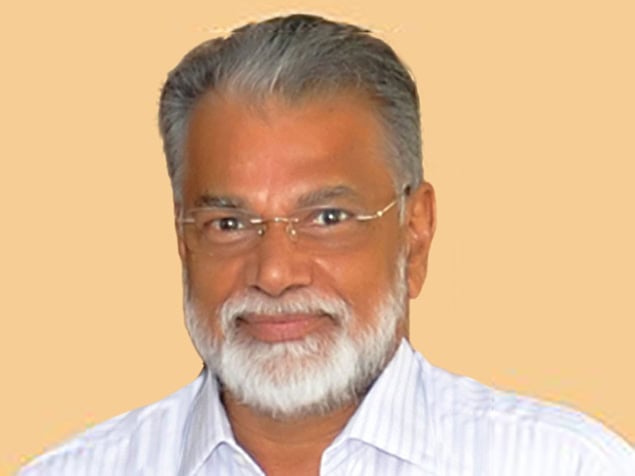India is now a major player in space science after putting a craft in orbit around Mars at the first attempt earlier this year. Pallava Bagla talks to K Radhakrishnan, chair of the Indian Space Research Organisation (ISRO), about what comes next

How does it feel now that India has reached the red planet?
I am happy and contented that we have done our job. It was a historic moment for everyone in the country. It was a technological mission primarily, and we have successfully achieved that.
How challenging was it to develop the Mars Orbiter Mission?
It was a race against time to build the craft as we had to make sure that it was launched no later than November 2013, since the specific celestial positions of the Earth, Mars and the Sun gave India the opportunity to use a relatively low-power launcher – the Polar Satellite Launch Vehicle (PSLV) – to head to Mars.
How long did it take to build?
The mission was realized in less than two years. We also had to build autonomy into the spacecraft and then go through all simulations to ensure that the satellite does not make wrong decisions by itself.
What are you studying on Mars?
The primary objective is establishing the capability of keeping a spacecraft around Mars. We also have five scientific instruments on board to see if methane is present, and whether its origin is biological or geological.
So, we are asking if we’re alone in the universe?
Yes. The second aim is to study the atmosphere of Mars in terms of the deuterium and hydrogen, and the other particles that are there.
To find out why Mars has lost water?
Yes, that is one of the questions.
What are the big things from this mission that the world needs to wake up to?
What we have established is that our PSLV is capable of delivering a mission to Mars. We are also showing that there is a novel way of doing low-cost planetary exploration and that we can do such complex missions in a short time. There are also several technological spin-offs from this mission in communication, navigation and observation.
What does it mean for India?
There have been 51 missions to Mars, and the success rate has not been high because of the sheer complexity of the missions. So, we are the fourth group in the world to succeed after Europe, Russia and the US – and also the first to do so at the first attempt.
After Mars, what other big missions is India planning?
Two things are happening. One is that our Geosynchronous Satellite Launch Vehicle Mark III – the vehicle needed to put a four-tonne class of communication satellite into orbit – is going through experimental mission preparation. The vehicle is being integrated and we should be able to have the launch in 2014. This mission is essentially to understand the atmospheric phase of the flight. The second thing is that we are also building a crew module that could be used for a possible human spaceflight.
So you are the testing technology for putting Indian astronauts into space?
This crew module, without any human beings, is being tested to see how it withstands re-entry into the Earth’s atmosphere.
What is the state of India’s second mission to the Moon?
Chandrayaan II is a mission with a lander and a rover. At the moment, we are designing the Indian lander for Chandrayaan II. It should take at least three years for us to have that lander ready.
And what about the Sun?
The Aditya satellite will study the Sun and scientists would like to put it in the Langrangian point, which is 1.5 million kilometres away from Earth. Preparations and studies are under way and we should be able to synchronize that with the solar activity, so it would come somewhere in 2017–2018. Another exciting mission is AstroSAT, which is going to be a multiwavelength astronomy satellite. We are in the final phase of integration and testing, so it should launch by 2015.
And how are spirits inside the ISRO?
It is exciting, it is challenging, it is rewarding, and at the end of the day we feel there is a purpose in life in working in this organization.
Is India in a 21st-century space race?
Yes, we are in race, but with ourselves. We need to excel. We need to do much more and get into the next level of excellence. This is our objective.



